
In this piece, I used Adobe Photoshop filters to create this mosaic effect. By so doing, the whole image is broken down to little squares… How does it affect the way the image it viewed?
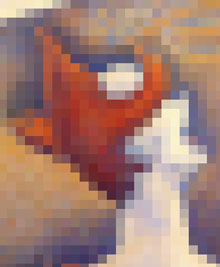
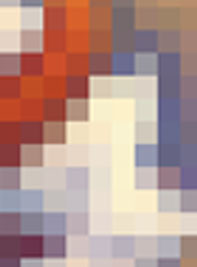
It depends on the size of each ‘mosaic’ in relation to the size of the whole image. If the size of each ‘mosaic’ is big and the overall size of the image is small, the image may be less legible from near. The image may only be visible when the viewer stands a distance from the image. With this effect, if viewed from a close range, some viewers may not even be aware of the meaning behind the image. As they move away from the image and start to view the work as a whole, they may start to realise that what they thought were mere squares of random colours actually form a coherent image. In viewing this image (with the moasic effect), the initial fascination with the image may not be with what this image is about but rather the process of how the image becomes clearer and reveals itself as one moves away from the image.
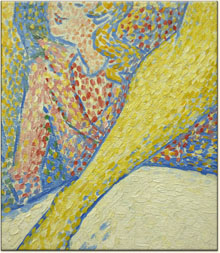
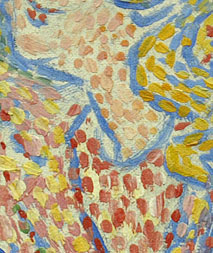
In a way, this image echoes Seurat’s Divisionist style because his original painting is composed of multi-coloured dots. A full appreciation of his work would be from a distance, as the dots would juxtapose and allow the viewer’s eyes to blend colours optically, rather than having the colours blend on the canvas or pre-blended as a material pigment.
This ‘mosaic’ effect of breaking down the whole picture into squares (pixels) makes the re-creation of this piece of work more possible for many people, in particular crafters, who are into cross-stitching and the likes. I must also mention, though, that I do enjoy cross-stitching and find it therapeutic but there not much creativity involved in the craft. May I be so bold as to suggest that Seurat may not have felt particularly creative while he was caught up with the laborious process of ‘dotting’ his large 185 cm x 150 cm masterpiece 😛 !
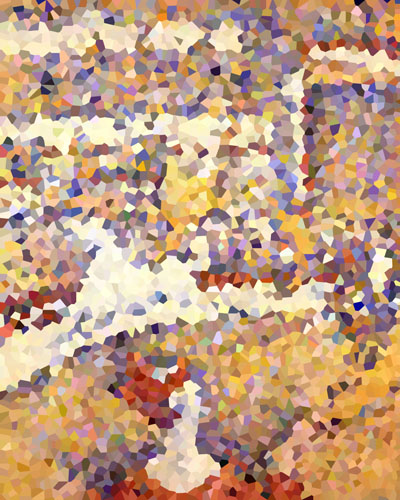





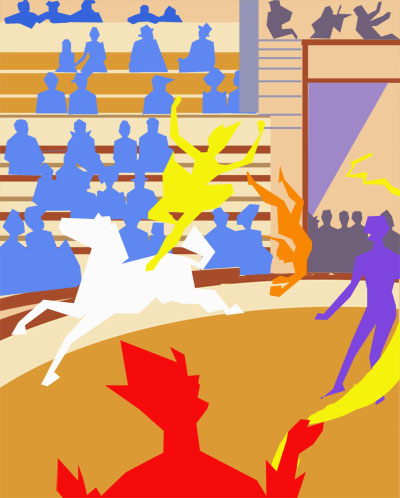
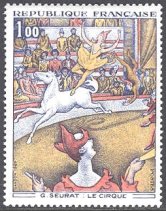
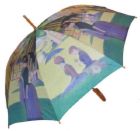

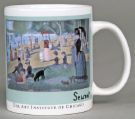
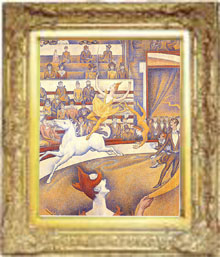
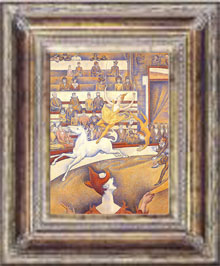
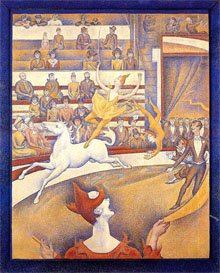 Just another thought…
Just another thought…